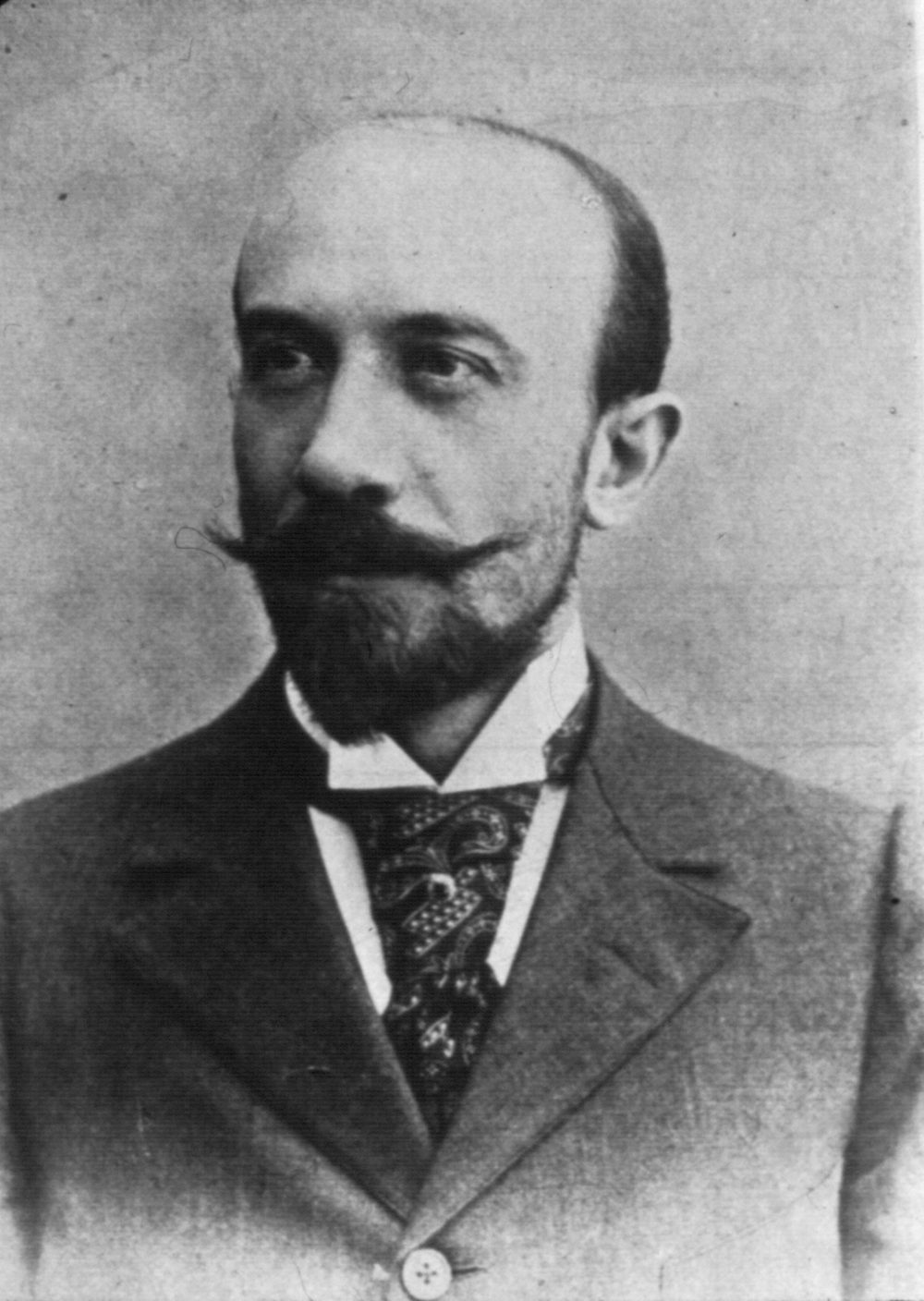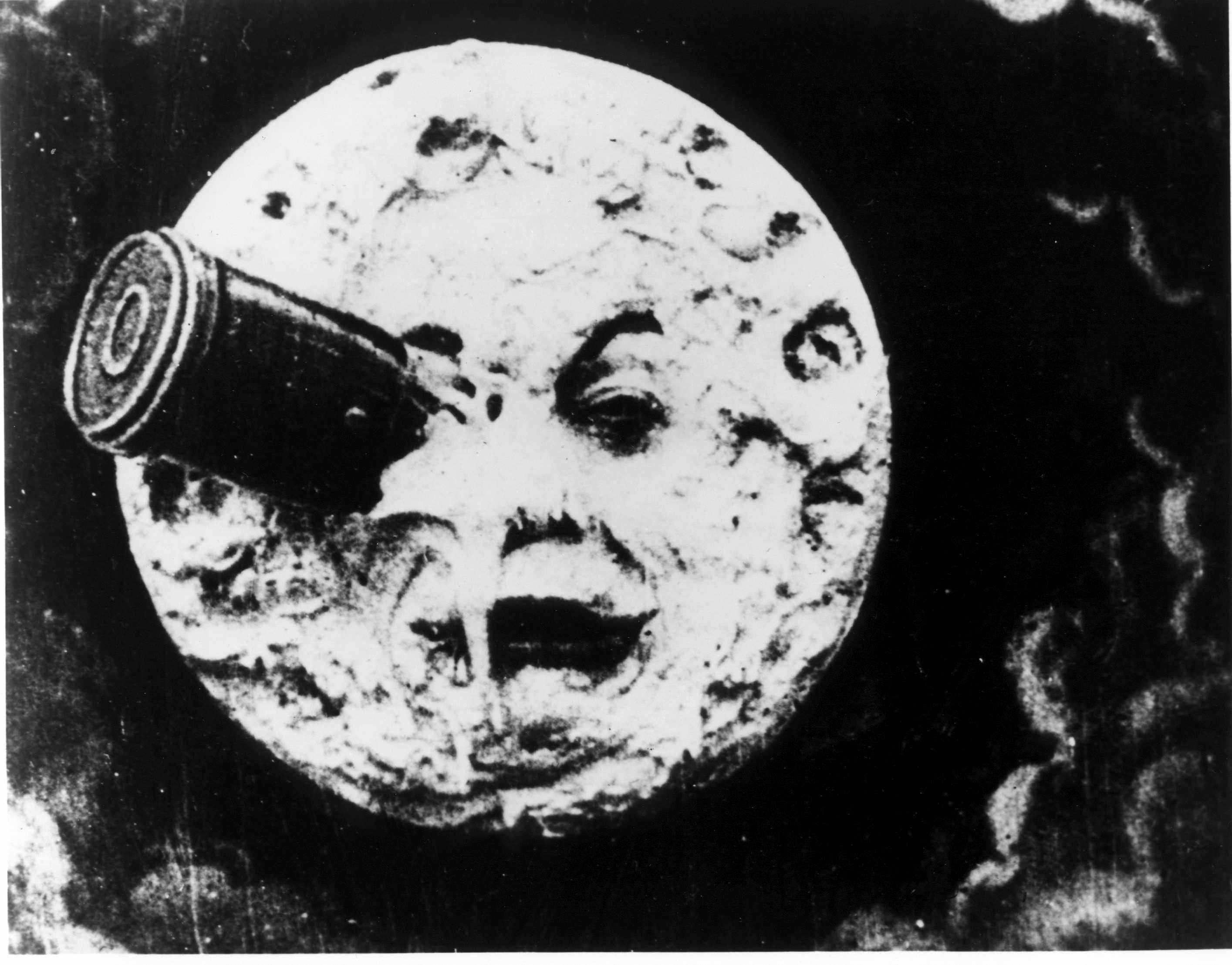Icons of Cinema You’ve Probably Never Heard of: Georges Melies
Icons of Cinema You’ve Probably Never Heard of: Georges Melies

Why He is Important
Was one of the first filmmakers to use the camera to tell stories. As well, was an early innovator in the field of special effects.
The Details
Georges Melies had the necessary training to be a filmmaker. An illusionist and magician by trade, Melies got his start by wowing audiences on the stages of the Paris theaters. However, the theaters began to restrict Melies’ imagination. There was only so much space for his magic and feats of illusion.
After seeing a demonstration of the hot new-fangled invention called “the camera,” by the Lumiere Brothers, Melies knew what his next step should be. As a result, he would travel to England to purchase a camera and off he went. Not only did he introduce narrative to film, he also was an early dabbler in the field of special effects. Whereas the Lumiere brothers were more interested in using the camera to document reality, Melies jettisoned off on flights of fancy to the moon and beyond. His theatrical sensibilities provided Melies with both means and method. His imagination provided the fuel with which Melies opened new potentials for the art form.
According to the site Early Cinema, “Méliès discovered from this incident that cinema had the capacity for manipulating and distorting time and space. He expanded upon his initial ideas and devised some complex special effects.
He pioneered the first double exposure (La caverne Maudite, 1898), the first split screen with performers acting opposite themselves (Un Homme de tete, 1898), and the first dissolve (Cendrillon, 1899)”
What Wikipedia says –
“Méliès was an especially prolific innovator in the use of special effects, popularizing such techniques as substitution splices, multiple exposures, time-lapse photography,dissolves, and hand-painted color. He was also the first filmmaker to use storyboards.”


